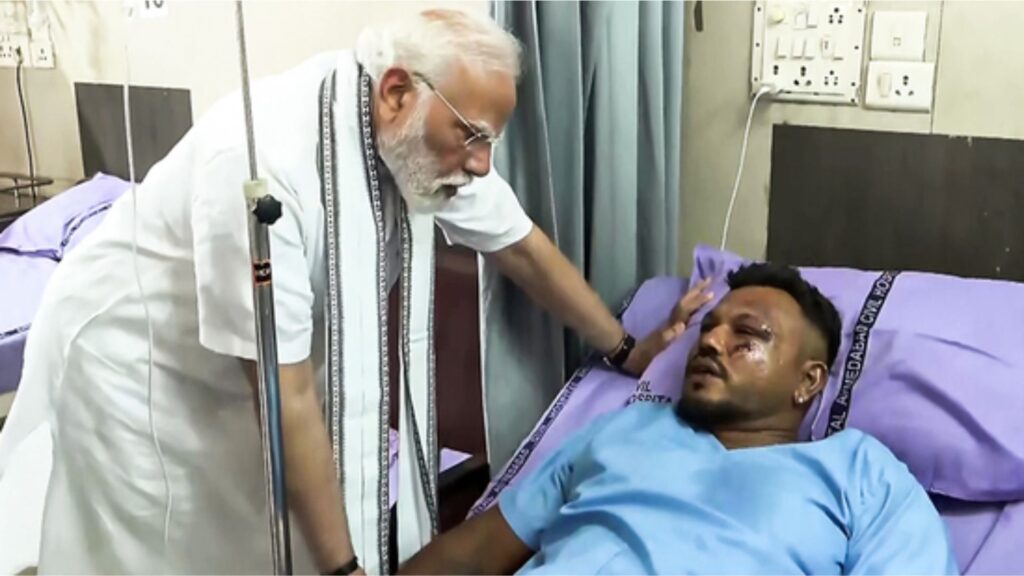The tragic Air India plane crash on June 12, which claimed the lives of 241 passengers and crew, has left the world shaken. Amid the devastation, one glimmer of hope emerged — 28-year-old Vishwas Kumar Ramesh, seated in 11A, survived against all odds. His miraculous escape through a gap in the aircraft’s fuselage has sparked widespread speculation: is seat 11A — or seats next to emergency exits — the safest spot on a plane?
Ramesh, who was sitting adjacent to an emergency exit, initially believed he had died upon impact. Disoriented and injured, he managed to unbuckle his seatbelt and crawl out through an opening. Aviation experts, however, caution against drawing broad conclusions based on a single incident.
“Each accident is different, and it is impossible to predict survivability based on seat location,” said Mitchell Fox, a director at the U.S.-based Flight Safety Foundation, speaking to Reuters. Aircraft seating layouts vary across models, and the circumstances surrounding each crash are unique, making survival more a matter of situation than seat number.
Ron Bartsch, Chairman of Sydney-based AvLaw Aviation Consulting, agreed that seat 11A was the safest in this particular crash — but emphasized that this won’t be the case in every scenario. “It’s not always 11A — it just happened to be the case on this Boeing 787 configuration,” he explained.
Bartsch also noted that while seats next to emergency exits may offer a quicker escape, their effectiveness can be compromised depending on the nature of the crash. In this instance, the aircraft’s opposite side was crushed against a building, making that side’s exits inaccessible.
How Can Passengers Maximize Their Chances of Survival?
Aviation safety experts underscore the importance of paying close attention to pre-flight safety briefings — often ignored by frequent flyers. These instructions include how to secure a seatbelt, adopt the correct brace position, and locate emergency exits.
One practical survival tip: count the number of rows between your seat and the nearest exit. In low visibility conditions, such as a smoke-filled cabin, this information can guide passengers to safety.
Despite the horror of rare incidents like this crash, air travel has become significantly safer over the decades. “There have been remarkable advancements in airplane cabin design that have improved the survivability of accidents on or near the ground,” Fox said.
Modern aircraft now come equipped with features such as floor path lighting, advanced fire suppression systems, flame-resistant materials, and better emergency exit accessibility — all designed to enhance passenger survival during emergencies.
While the Air India tragedy will be remembered for its devastating loss of life, Vishwas Kumar Ramesh’s survival also highlights how critical seat placement, awareness, and modern safety measures can be during those fateful moments.

